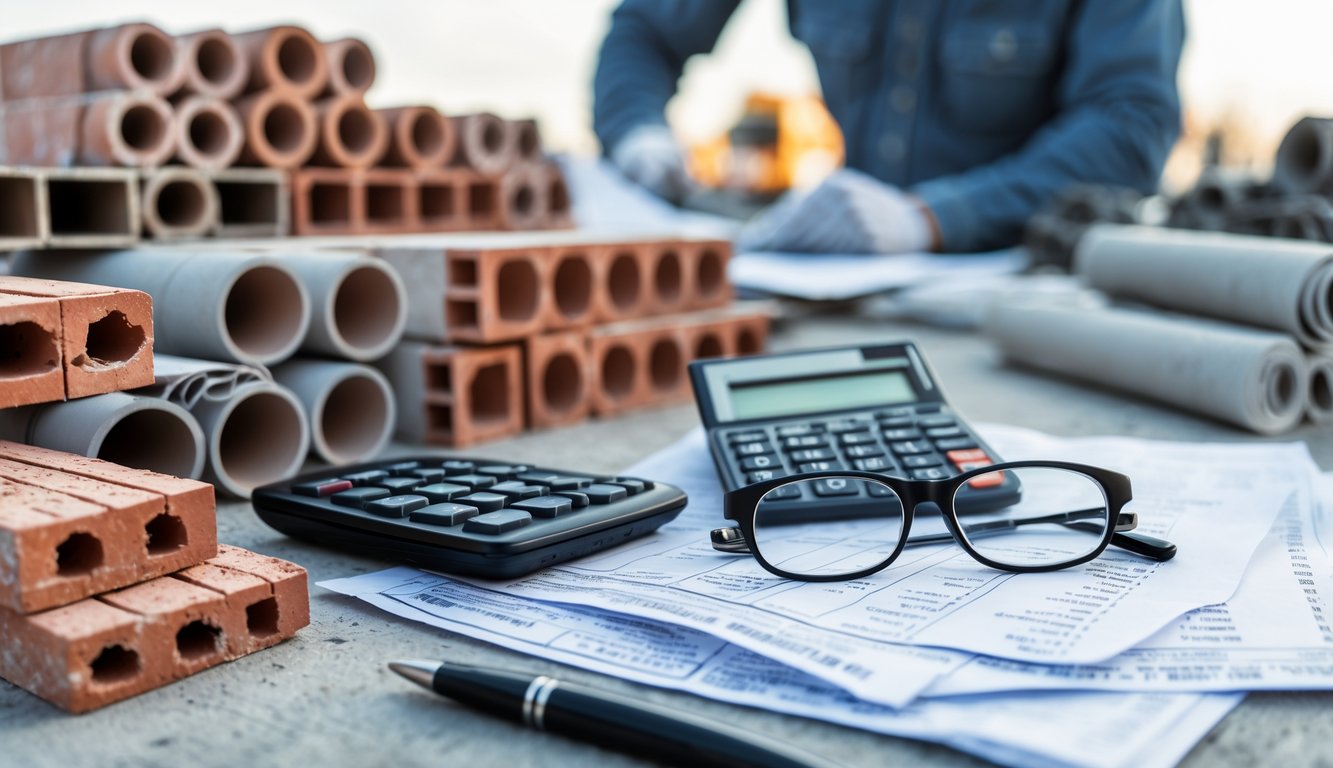
Building Customer Trust and Avoiding Pitfalls
Every time I try to price out drywall or insulation, I trip over some hidden charge—delivery fees that weren’t on the page, “processing” under the subtotal, or that “environmental” upcharge that shows up at checkout. If the price isn’t clear, I lose trust fast, and there goes any chance I’ll ever recommend that supplier.
Ensuring Price Transparency
Seriously, nothing crushes my confidence like getting nickel-and-dimed. Lumber, concrete, cabinet hardware—if the online total says one thing but the invoice jumps by 8-20% after “special handling” or “energy” fees, I’m gone. Apparently, laying out every single fee up front can boost conversions by 50%. That’s wild. I once asked a sales guy, “Is this the real total?” and he started rambling about “regional variability.” Super reassuring.
You know what actually works? A full, no-exceptions breakdown of every fee, a blunt disclaimer about seasonal pricing, and, if they’re not hiding anything, sample invoices right on the quote page. One siding supplier did that, and I still tell everyone about them. The less room for “gotcha” fees, the more likely I’ll come back—or send my friends. And if a vendor won’t show me the breakdown? Nope, I’m out.
Tips for Buyers to Protect Themselves
Sometimes I wish my phone would just scream when a site buries fees for basic stuff—studs, plywood, fasteners. Reading the fine print? Honestly, I zone out. But I’ve picked up a few habits: screenshotting the cart before I buy (caught some sneaky price jumps that way), and calling out “environmental” surcharges that sound fake. A buddy in commercial contracting says suppliers invent fees because nobody asks for itemization.
Cross-checking prices across sellers, especially for big orders, is worth it. I’ll blacklist anyone who can’t itemize delivery or handling, even if it’s just a few bucks. Trust gets wrecked by invisible add-ons. I’ve heard horror stories from people who just accept the price and never call—don’t do that. And if someone tries to hit me with a “restocking” fee on unopened, same-day flooring? I just screenshot the invoice and dispute it.
Frequently Asked Questions
Honestly, every “all-in” estimate I’ve ever received left out some random fee—like they assume you know about extra permits, underlayment, or rework. Most months, I’m still chasing down oddball utility bills, HOA one-offs, or realizing—again—maintenance isn’t a one-time thing.
What unexpected expenses should I budget for when building a new home?
Insulation upgrades? Always missing in the quote. And nobody, ever, includes “rework” costs, even though the CMAA says it’s up to 10.89% of the project. Underlayment upgrades, drainage—never standard, always “extra.”
Can you break down the average monthly costs of homeownership, including any lesser-known fees?
My spreadsheet looks fine until the water bill spikes, the lawn service invoices me again, and I realize trash isn’t on my county taxes. Private utilities—septic, well checks—are so easy to forget. Last fall, I got a “stormwater utility fee” out of nowhere. Never saw it at closing.
What are some common hidden charges homeowners face that may not be included in the initial purchase price?
If someone told me window caulking warranties need yearly service visits, I’d laugh. Lenders sneak in courier fees, bulk materials hit you with return shipping. My friend needed a new energy compliance certificate—no mention of that in the project docs. And those random HOA “assessment” fees for mailbox upgrades? Not a word from my agent.
How can I accurately calculate the true cost of owning a home, beyond the mortgage payment?
Nobody at the bank warns you about equipment replacement cycles. Roofs—like, the real cost, if you actually use good underlayment—can shift your numbers by thousands over a decade. Callback risks are real. I started tracking repairs in a separate tab, but property tax swings by zip code? Good luck guessing that without a local.
What are the typical fees involved in purchasing a home that buyers might not be aware of?
It’s never just lender points and title insurance. There’s electronic recording, mobile notary, pest inspection—none of them on the first estimate. Closing costs? Supposedly 2-5% of the sale price (2025 breakdown here), but I’ve had them go past 6% with a couple weird extras.
Could you provide a rundown of expenses every homeowner should anticipate, even after moving in?
Oh, absolutely. You think you’re done bleeding money after closing, but nope. First week in, I’m squinting at the mailbox—apparently, it’s not the right size? Who even checks that? Then there’s this weird paranoia about old keys, so I’m swapping locks because, I don’t know, maybe everyone in a five-mile radius has a copy. HVAC filters? Yeah, those need swapping more often than I ever remember, and I’m pretty sure the “pest prevention” guy is just making up new bugs every visit. Gutter cleaning—ugh, I keep promising myself I’ll do it, but then it rains and I’m like, well, too late now. “Community safety” fees sneak onto the bill, and I still have no clue what that even covers. And siding—don’t get me started. I always forget about the mildew until it’s basically a science experiment. Power washer rental? Not cheap. I should just buy one, but then where would I even put it?